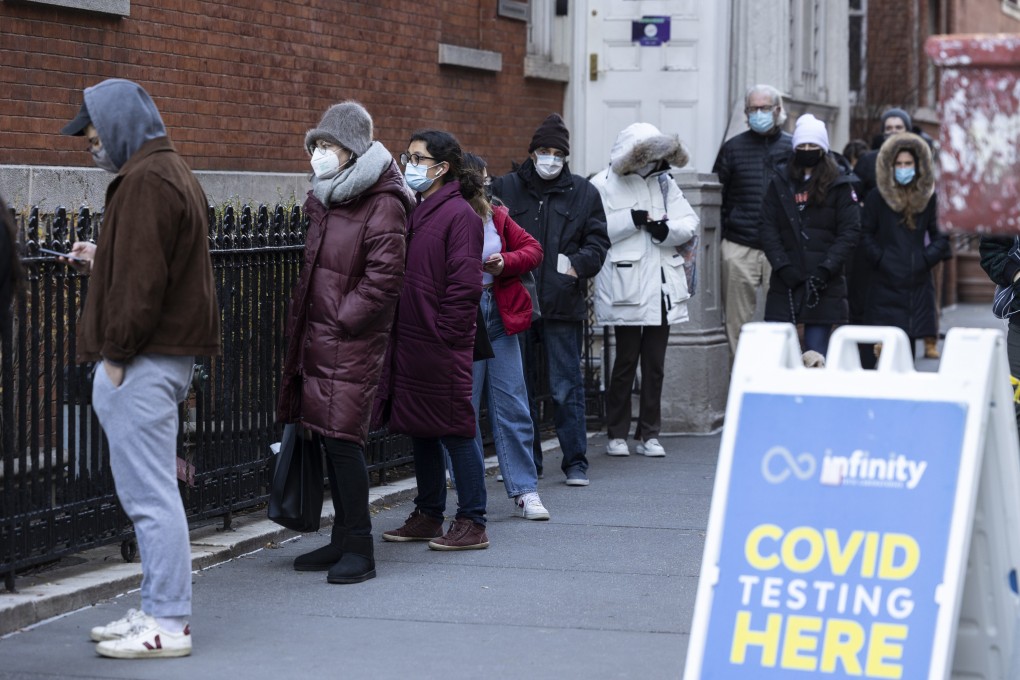Advertisement
As I see it | Omicron threat points to need for independent global vaccine comparison mechanism
- Fragmented, disparate information from vaccine makers and scientists is making it difficult for policymakers to update Covid-19 strategy
- Pharmaceuticals and governments should give up balking at comparative research for the common good
Reading Time:2 minutes
Why you can trust SCMP
2

Omicron has already become the dominant variant of the coronavirus in the United States, accounting for over 73 per cent of new cases as of last Saturday. It looks inevitable that it will soon overtake the Delta strain worldwide.
What makes Omicron alarming is the high probability of “vaccine escape”, meaning even inoculated people may become infected, although their chances of severe illness should be lower than that for the unvaccinated.
Vaccine manufacturers around the world are racing against time to study how their shots fare against the new variant, both in laboratory settings and in real life. The findings are extremely important for policymakers: should the people be given a third shot? Which third shot should be chosen? Should there be an Omicron-specific vaccine?
However, without a coordinated worldwide effort, what we have received thus far is just scattered information from individual manufacturers and researchers.
Advertisement
BioNTech CEO Ugur Sahin told Le Monde that triple-vaccinated people were still likely to transmit Covid-19.
Moderna said that a booster dose of its Covid-19 vaccine appeared to improve protection against Omicron.
Advertisement
Separately, Chinese researchers in a non-peer-reviewed paper said Sinopharm’s inactivated boosters showed a significant reduction in neutralising antibody activity, falling by a fifth compared to similar activity against an older strain from Wuhan.
Advertisement
Select Voice
Choose your listening speed
Get through articles 2x faster
1.25x
250 WPM
Slow
Average
Fast
1.25x

